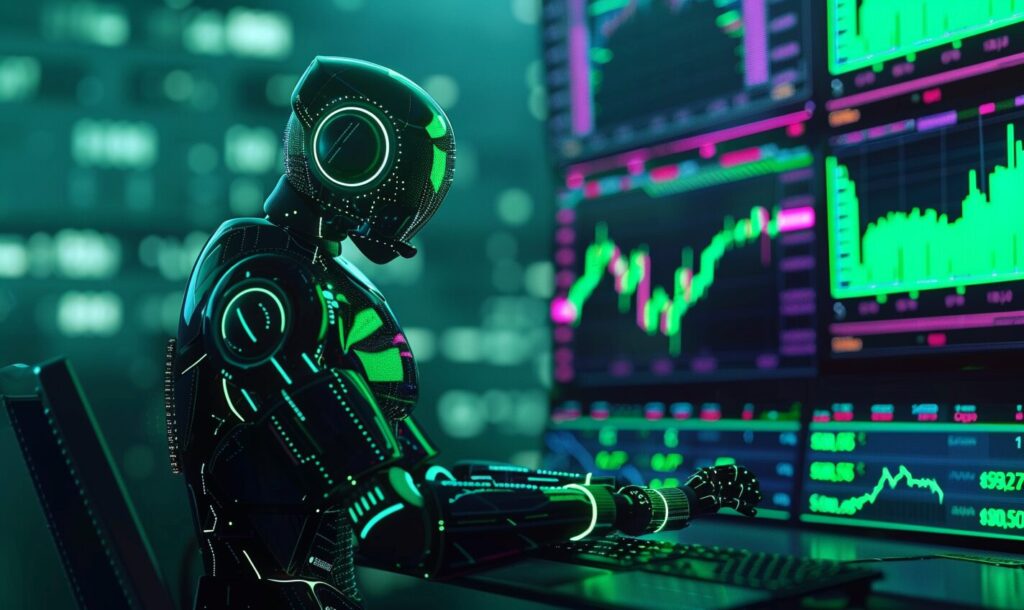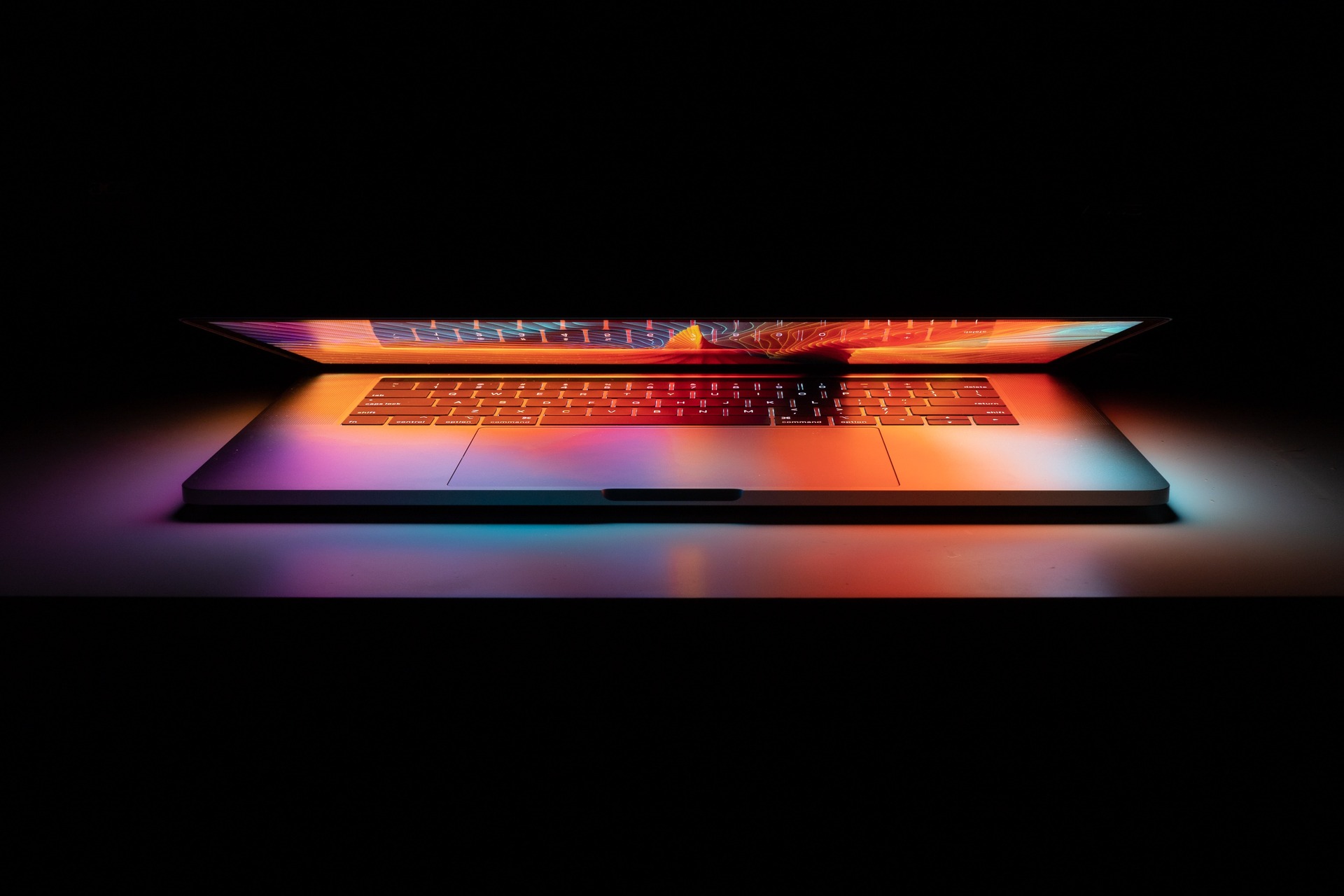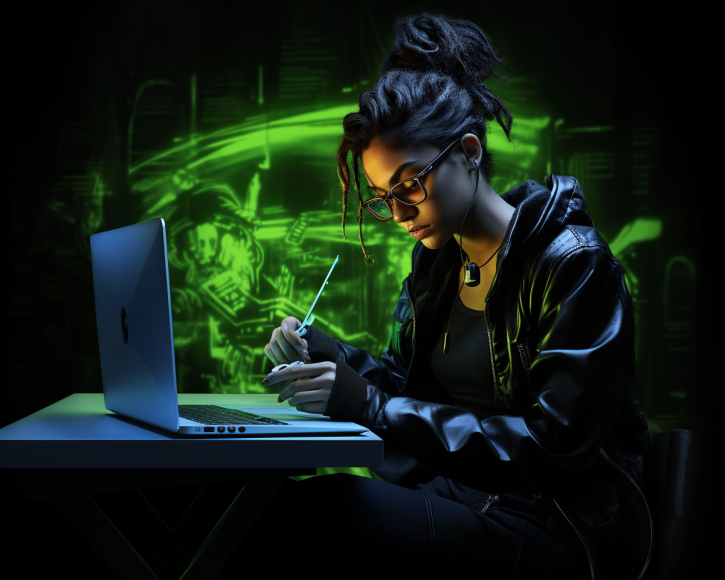As humankind builds machines in our own image, it’s become apparent that this likeness is both a gift and a curse. It’s still in its early stages, but AI is advancing rapidly. Unfortunately, it’s already reproducing many of the biases we mortals suffered under for hundreds and even thousands of years.
What Is Artificial Intelligence Bias?
IBM predicts the number of biased AI systems will only increase in the next five years. What does this mean? The computer sciences have long been guided by the principle, “Garbage In, Garbage Out.” If you begin with bad data or a flawed method, your end-product will be equally imperfect.
Training artificial intelligence involves feeding it with as much data as you can. Sometimes, this information is text-based databases, and other times it’s photographs. Then, the AI uses a process called deep learning to identify patterns. As it learns, it’s able to make useful predictions and identifications later on, based on unseen data.
The trouble is, AI systems are only as objective and fair as the information they receive. According to IBM, researchers have identified and classified more than 180 distinct human biases, any of which can creep into our algorithms if we don’t take care.
Examples of Artificial Intelligence Bias
One of the most instructive examples of artificial intelligence bias so far went viral almost immediately. Researchers Trevor Paglen and Kate Crawford wanted to know what would happen when they used ImageNet — a collection of 14 million public images uploaded and labeled by ordinary people — to train an AI.
Their technology, which they call “ImageNet Roulette,” used these existing graphics to learn how to tag photos of people that it had never seen before. The results are still available throughout the Twitterverse. When people began uploading pictures of their own into ImageNet, the AI delivered results that ranged from comical to disturbing.
In one example, the AI indicated that a member of the band Set It Off was a beekeeper — he isn’t. It labeled another band member a traitor and treasonist. In other instances, the AI slapped labels on people containing racial or gender slurs too crude and cruel to reproduce here. Remember — the AI learned its methodology by learning from photos people already uploaded to the internet and tagged with their own identifiers.
Since then, the creators of ImageNet have made attempts to de-bias the results. One way to do this is to remove photos and tags that describe non-visual attributes. In other words, they’re attempting to help the AI judge fewer books by their covers.
Another example of AI bias involves the world of finance. A company called AppZen, which does business with Amazon and WeWork, has an AI finance platform that seeks to expedite the screening, approval or rejection of loan applicants. The system can sift through the relevant data much faster than a human, but it’s already demonstrated bias-related issues.
Kunal Verma, co-founder of AppZen, says the system may deliver an unfavorable verdict if the borrower lives in an area where others have defaulted on their loans already. He adds: “It may also happen that the area may have a lot of people of certain minorities or other characteristics that could lead to a bias in the algorithm.”
Why Is AI Bias a Problem for All of Us?
You might have come across the idea that AI can help us feed the world, which may well end up being true. However, the whole point of turning AI toward such a task is to eliminate racial, geopolitical and economic iniquities humanity already suffers. They don’t have to be, but racism and inequality are facts of human life right now, and, so far, it appears our machines take after us in this way.
The idea of a biased AI determining who’s creditworthy enough for a bank loan based on the community we live in or the color of our skin should be enough to worry any of us. Plus, there’s the matter of including AI in recruiting and screening job applicants. This use of AI is under active development by several tech companies.
One business, HireVue, boasts that its AI video platform can determine which candidates are most likely to succeed in a certain position. Given what we know about bias in this technology, this is a dubious proposition. Researchers at the University of Virginia found that their image-recognition AI held extremely parochial and old-fashioned ideas about which tasks and jobs are masculine and which are feminine. Sporting paraphernalia was associated with men. Pots and pans? Women.
Other AI projects demonstrate a similar tendency to sell women short. After training an AI with text gathered from news stories, researchers asked the technology to complete the following sentence. “Man is to computer programmer as woman is to X.” It answered, “homemaker.”
The Future of Artificial Intelligence and Bias
Human beings need to trust each other and work together — our survival depends on it. It’s also becoming apparent that AI can help us do many things more efficiently — such as producing and distributing resources. Just as bias erodes trust and harmony between humans, it does the same between humans and machines.
Until scientists learn better methods for de-biasing AI, we would be wise not to put too much of our waking lives on autopilot.
Recent Stories
Follow Us On
Get the latest tech stories and news in seconds!
Sign up for our newsletter below to receive updates about technology trends














